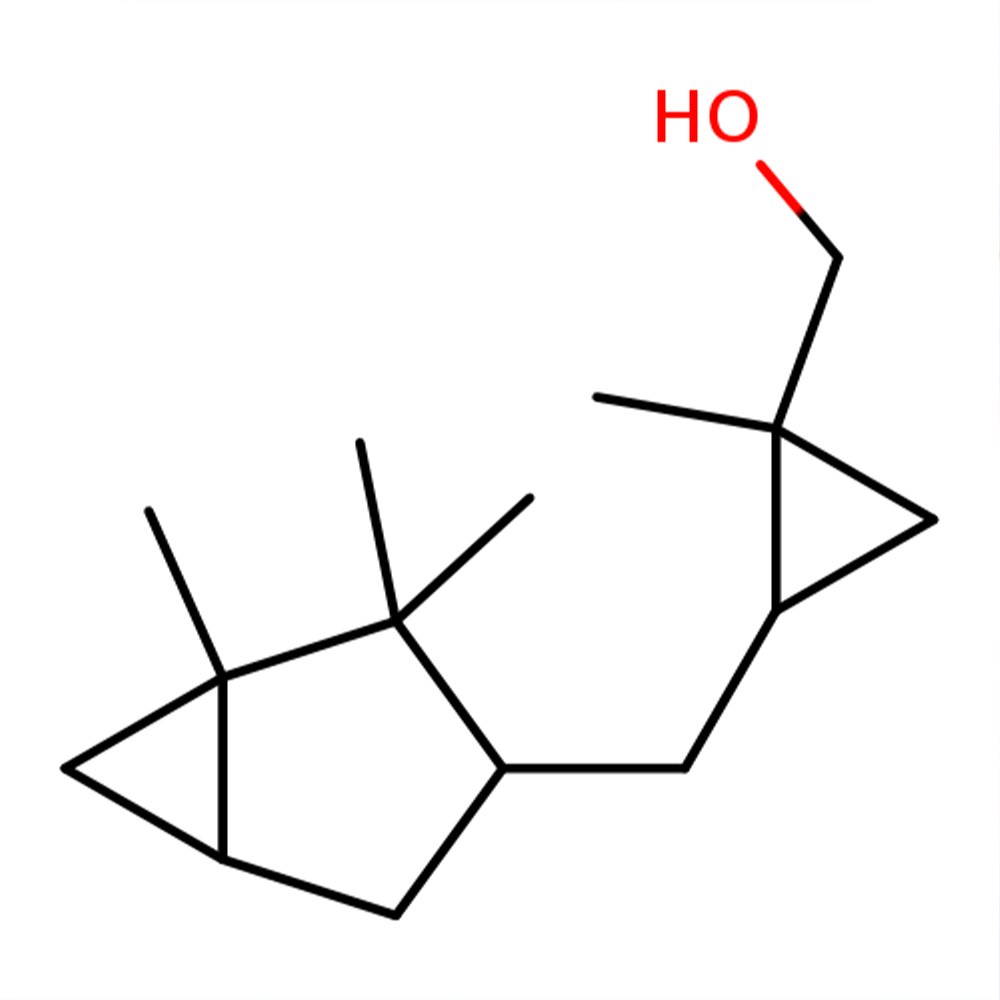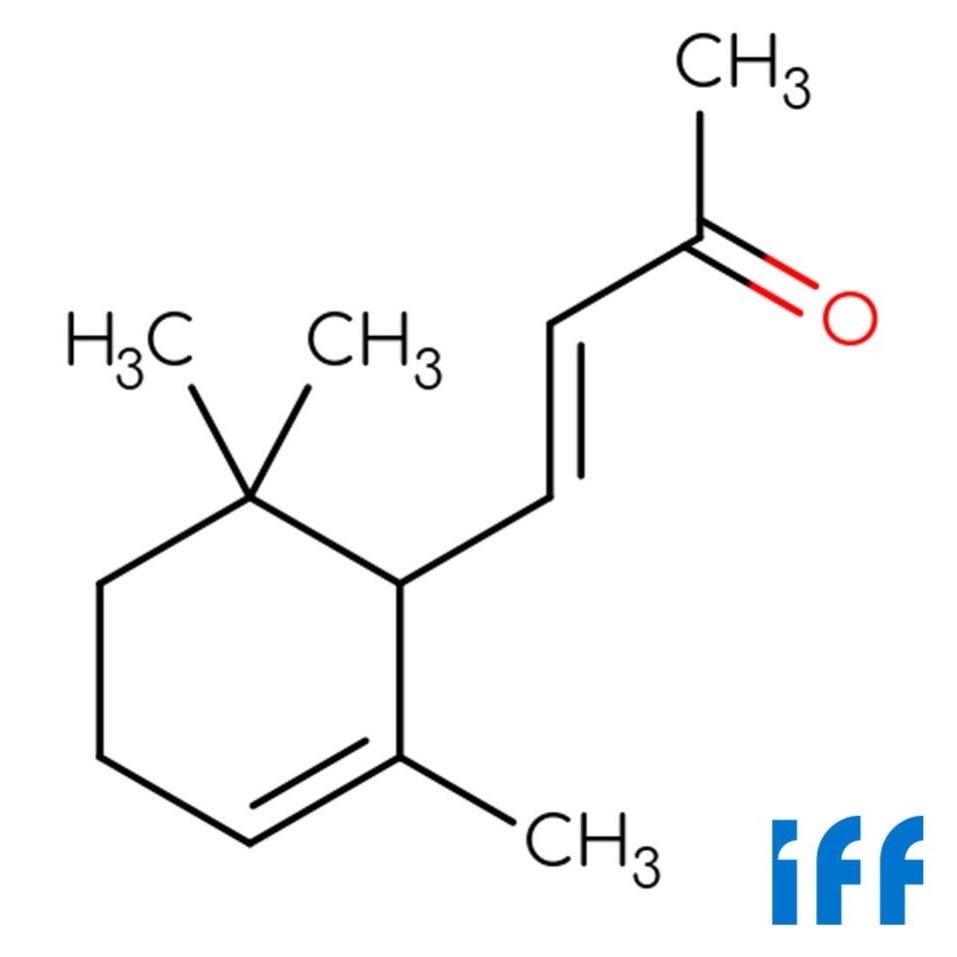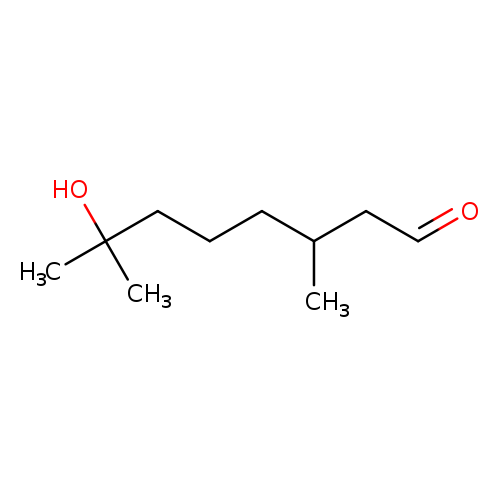Borneol
Premium Synthetic Ingredient for Perfumery
Borneol (CAS 507-70-0) is a synthetic terpene alcohol derived from chemical reduction of camphor or via semi-synthetic routes from pinene. It presents as a colorless crystalline solid with a camphoraceous, pine-like, and dry woody odor. Used primarily as a secondary modifier or background note, borneol enhances the aromatic structure of incense, herbal, and lavender-based fragrances. It contributes a sharp, fresh quality in the top-to-heart range and is miscible with most perfume oils, although it is nearly insoluble in water and poorly soluble in propylene glycol.
Premium Synthetic Ingredient for Perfumery
Borneol (CAS 507-70-0) is a synthetic terpene alcohol derived from chemical reduction of camphor or via semi-synthetic routes from pinene. It presents as a colorless crystalline solid with a camphoraceous, pine-like, and dry woody odor. Used primarily as a secondary modifier or background note, borneol enhances the aromatic structure of incense, herbal, and lavender-based fragrances. It contributes a sharp, fresh quality in the top-to-heart range and is miscible with most perfume oils, although it is nearly insoluble in water and poorly soluble in propylene glycol.
Premium Synthetic Ingredient for Perfumery
Borneol (CAS 507-70-0) is a synthetic terpene alcohol derived from chemical reduction of camphor or via semi-synthetic routes from pinene. It presents as a colorless crystalline solid with a camphoraceous, pine-like, and dry woody odor. Used primarily as a secondary modifier or background note, borneol enhances the aromatic structure of incense, herbal, and lavender-based fragrances. It contributes a sharp, fresh quality in the top-to-heart range and is miscible with most perfume oils, although it is nearly insoluble in water and poorly soluble in propylene glycol.
Synthetic Ingredient Overview
🏭 Manufacturer (if available) — Multi-source (synthetic from camphor or pinene)
🔎 Chemical name — Endo-1,7,7-trimethylbicyclo[2.2.1]heptan-2-ol
🧪 Synonyms — Borneo camphor, d-Borneol, l-Borneol, Bornyl alcohol
🧬 Chemical Formula — C₁₀H₁₈O
📂 CAS N° — 507-70-0
📘 FEMA — 2157
⚖️ MW — 154.25 g/mol
📝 Odor type — Fresh, balsamic
📈 Odor Strength — Medium
👃🏼 Odor Profile — Camphoraceous, pine-like, dry woody, slightly peppery; cleaner in l-enantiomer
⚗️ Uses — Incense accords, lavender blends, pine notes, essential oil reconstruction, room fragrances
🧴 Appearance — Colorless crystalline solid
What is Borneol?
Borneol is a bicyclic monoterpenoid alcohol belonging to the terpene family. It contains a hydroxyl group in the endo position of the bicyclo[2.2.1]heptane ring system. Two optical isomers exist: d-(+)-borneol and l-(–)-borneol, both of which occur naturally but are also produced synthetically. Industrial synthesis includes camphor reduction via the Meerwein–Ponndorf–Verley (MPV) method or sodium reduction, and an alternative route starting from α-pinene. Synthetic borneol is typically obtained as a racemic mixture or partially enriched in one enantiomer depending on the production method.
Olfactory Profile and Perfumery Applications
Borneol’s odor is characterized by a dry camphoraceous note with pine and woody undertones. It has medium odor strength and moderate volatility, placing it in the top-to-heart transition in fragrance structures. The dryness and slight peppery character distinguish it from isoborneol, its structural isomer. Commonly used in incense-style perfumes, borneol also reinforces herbal, aromatic fougère, pine, and lavender compositions. It acts as a secondary modifier or blending material, improving olfactory diffusion and persistence when combined with olibanum, citrus terpenes, or essential oils. Recommended use levels are up to 3% in fragrance concentrate.
Industrial and Technical Uses
Borneol has applications beyond perfumery. It is a GRAS-approved flavor compound (FEMA 2157), used sparingly in nut and spice profiles for its woody and minty flavor. It appears in the reconstitution of essential oils such as rosemary and lavandin. Historically used in traditional Chinese medicine, borneol also functions as a mild natural insect repellent. In industrial chemistry, it serves as a precursor to camphor via oxidation and is used in the formulation of aromatic resins and incense materials.
Regulatory and Safety Overview
IFRA Restrictions: No restriction listed in current IFRA Standards (51st Amendment)
EU Allergen Listing: Not listed among declarable allergens under Annex III of EU Regulation 1223/2009
FEMA GRAS Number: 2157 — approved for use as a flavoring agent
ECHA Classification: Not classified as hazardous under CLP Regulation
REACH Registration: Fully registered substance for fragrance and flavor use in the EU
Toxicological Notes: Low acute toxicity; not an endocrine disruptor. Mild CNS effects observed in animal models at pharmacological doses. No restrictions apply under normal fragrance usage conditions.
✅ No IFRA, EU allergen, or GHS classification applies at standard perfumery concentrations. Use in accordance with general safety protocols.
Sources:
Sources
Fulvio Ciccolo and Scentspiracy Team
Steffen Arctander – Perfume and Flavor Chemicals
Kurt Bauer, Dorothea Garbe, Horst Surburg – Common Fragrance and Flavor Materials
PubChem Chemistry Database – CID 64685
FEMA GRAS Database
IFRA Standards Documentation
ChemSpider
Wikipedia (technical and historical sections)






